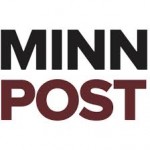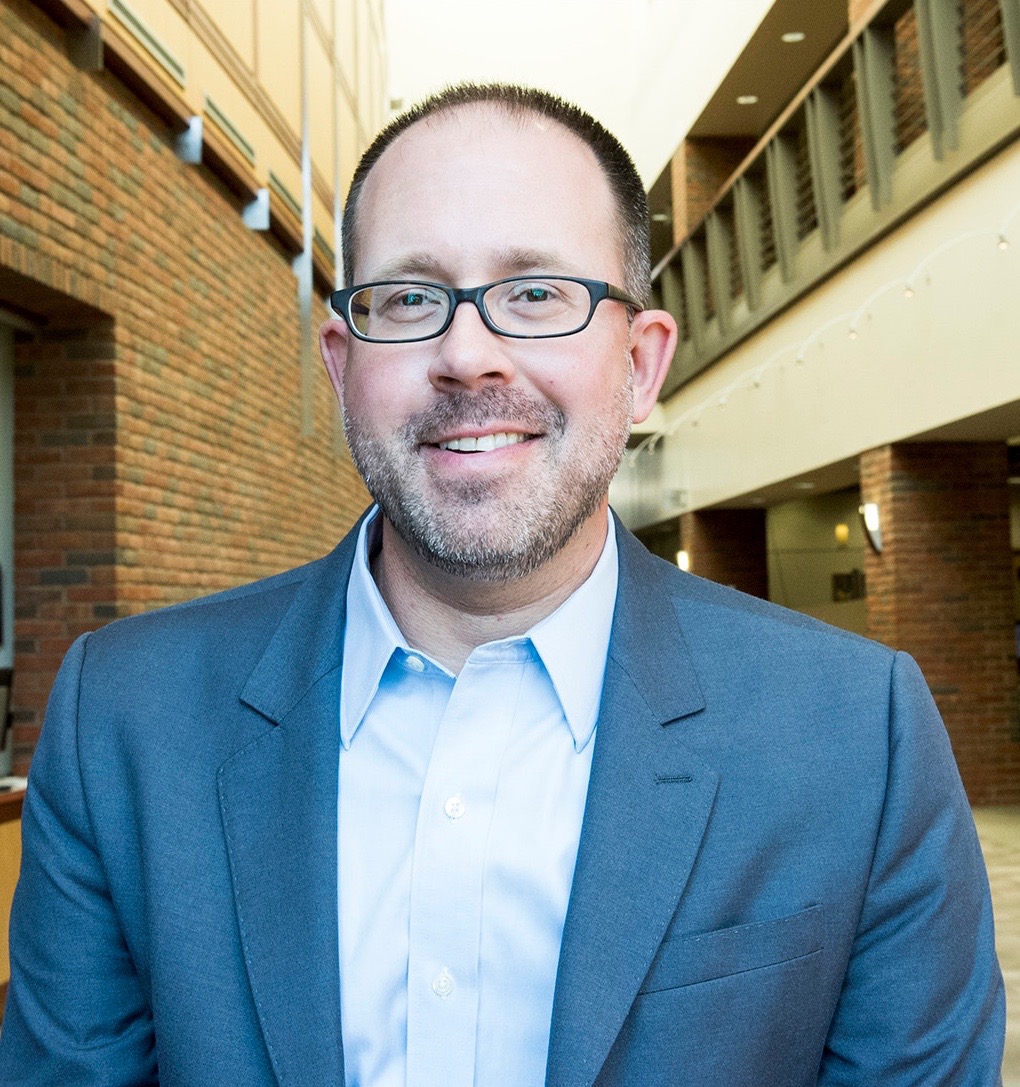![]() In a January 22 opinion piece published in MinnPost, Augsburg University President Paul C. Pribbenow joined the presidents of 16 other private colleges in advocating for need-based financial aid for all Minnesota students. In it, the presidents argued for greater investment in the Minnesota State Grant program and financial aid fairness for low-income students regardless of where in the state they attend college.
In a January 22 opinion piece published in MinnPost, Augsburg University President Paul C. Pribbenow joined the presidents of 16 other private colleges in advocating for need-based financial aid for all Minnesota students. In it, the presidents argued for greater investment in the Minnesota State Grant program and financial aid fairness for low-income students regardless of where in the state they attend college.
“Public colleges alone cannot solve our social and economic challenges, nor should they be expected to do so,” they wrote. “Private nonprofit colleges serve these same public purposes. To meet its workforce development and social mobility goals, the state needs to increase financial investments in all students with demonstrated need and take full advantage of all of Minnesota’s educational assets—including its stellar private colleges.”
Read the full article via MinnPost: “All Minnesota college students deserve financial aid fairness”

 “You’d never expect to find a leafy arboretum in a high-density, high-diversity, high-traffic neighborhood,” says MinnPost writer Jay Walljasper. “But that’s exactly what Augsburg College is planning for its unmistakably urban campus in the heart of Minneapolis, which borders Fairview Riverside Medical complex, the high-rise Riverside Plaza towers, two freeways, two light rail lines, busy shopping districts on Franklin Avenue and Cedar Avenues, plus one of the largest Somali communities outside of Africa.”
“You’d never expect to find a leafy arboretum in a high-density, high-diversity, high-traffic neighborhood,” says MinnPost writer Jay Walljasper. “But that’s exactly what Augsburg College is planning for its unmistakably urban campus in the heart of Minneapolis, which borders Fairview Riverside Medical complex, the high-rise Riverside Plaza towers, two freeways, two light rail lines, busy shopping districts on Franklin Avenue and Cedar Avenues, plus one of the largest Somali communities outside of Africa.” Associate Professor Lars Christiansen teaches courses in Augsburg’s Department of Sociology and Urban Studies Program. Christiansen puts his scholarship into practice as director of the Friendly Streets Initiative, a St. Paul-based organization that facilitates community organizing through creative public engagement events. The group aims to help communities envision positive change to public spaces, collect and analyze data, and assist neighbors in navigating city planning processes.
Associate Professor Lars Christiansen teaches courses in Augsburg’s Department of Sociology and Urban Studies Program. Christiansen puts his scholarship into practice as director of the Friendly Streets Initiative, a St. Paul-based organization that facilitates community organizing through creative public engagement events. The group aims to help communities envision positive change to public spaces, collect and analyze data, and assist neighbors in navigating city planning processes. Michael Lansing, associate professor and History Department chair, recently penned an article comparing the United States’ contemporary political landscape with periods in the late 1960s and late 1970s.
Michael Lansing, associate professor and History Department chair, recently penned an article comparing the United States’ contemporary political landscape with periods in the late 1960s and late 1970s.

